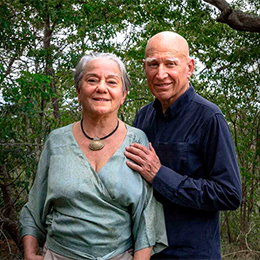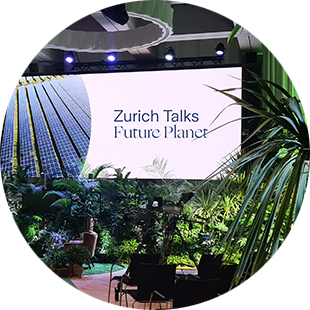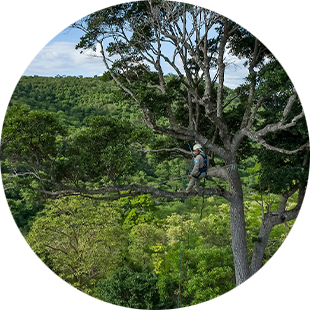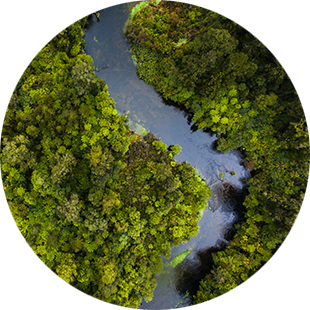Welcome to the Zurich Forest Project
Working with Instituto Terra, a Brazil-based non-profit, Zurich is helping bring back to life a part of one of the greatest forests on earth. The Zurich Forest Project is featured at the Amazônia exhibition.
Zurich Forest Project news
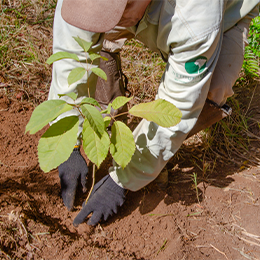
January 2025
Rainfall: The lifeline of nature restoration
Rainfall plays a crucial role in helping seedlings recover from the stress of being transplanted from the nursery to the field and in developing strong root systems. In 2024, the rains arrived early allowing the planting season to start earlier than expected much to the delight of everyone involved. What does it take for a successful planting season?
Timing is key. The field team must begin planting at the start of the rainy season and finish quickly to maximize the seedling survival rate.
All hands on deck. To meet the narrow planting window, teams pause all other field activities and focus solely on transplantation.
Emergency measures. When rainfall stops unexpectedly for weeks, the field team must pivot to emergency irrigation. It’s a demanding and labor-intensive process to save vulnerable, newly planted seedlings.
Flora and Fauna @ the Zurich Forest Project
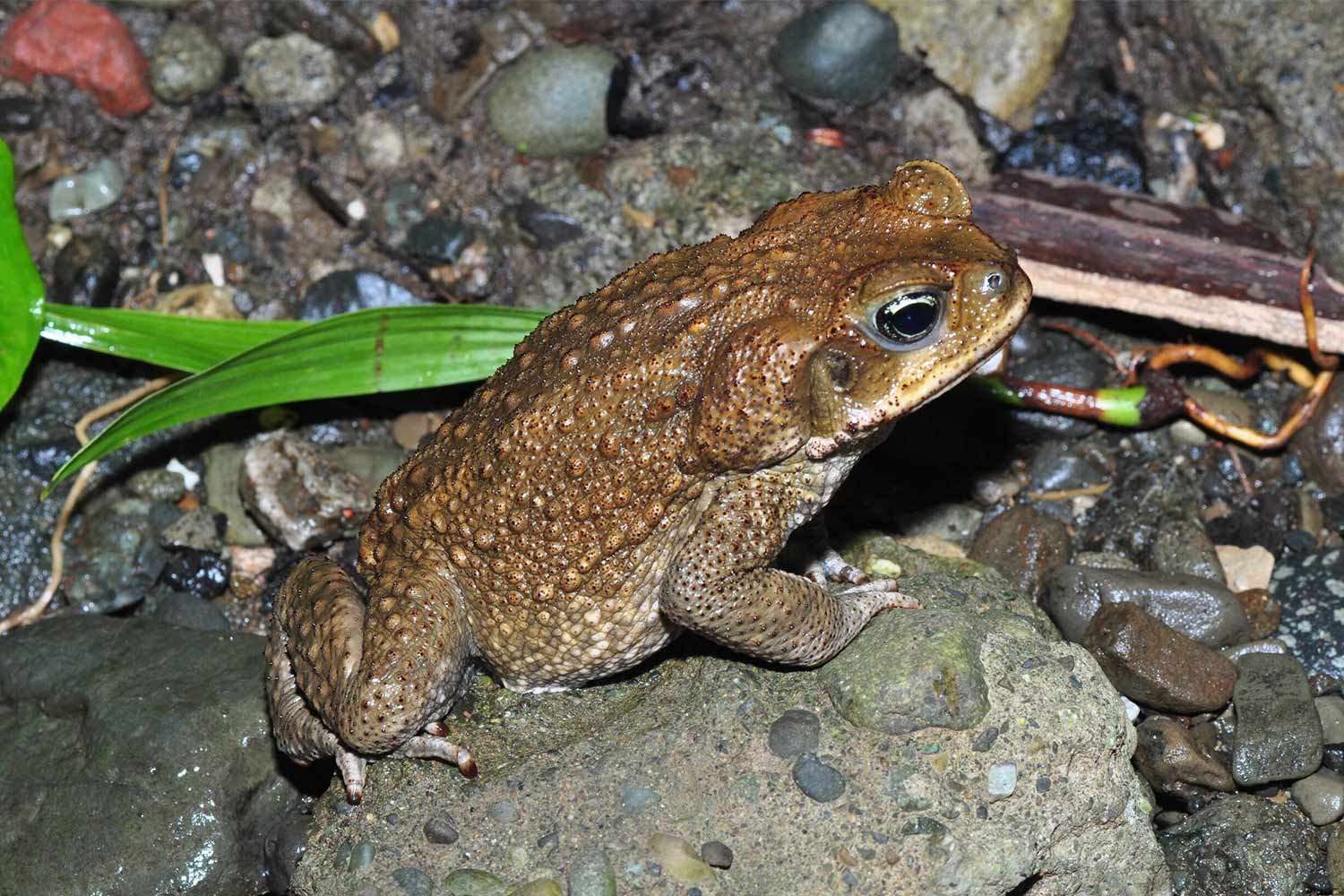
Rhinella marina
The Sapo Cururu, or Cane Toad, native to Central and South America, is known for its high fertility, dietary adaptability, and toxic poison glands. Introduced to regions like Australia in 1935 for pest control, it has become a pest itself, posing a threat to native predators and domestic animals. Today, its presence causes serious ecological imbalances in the areas where it has been introduced.
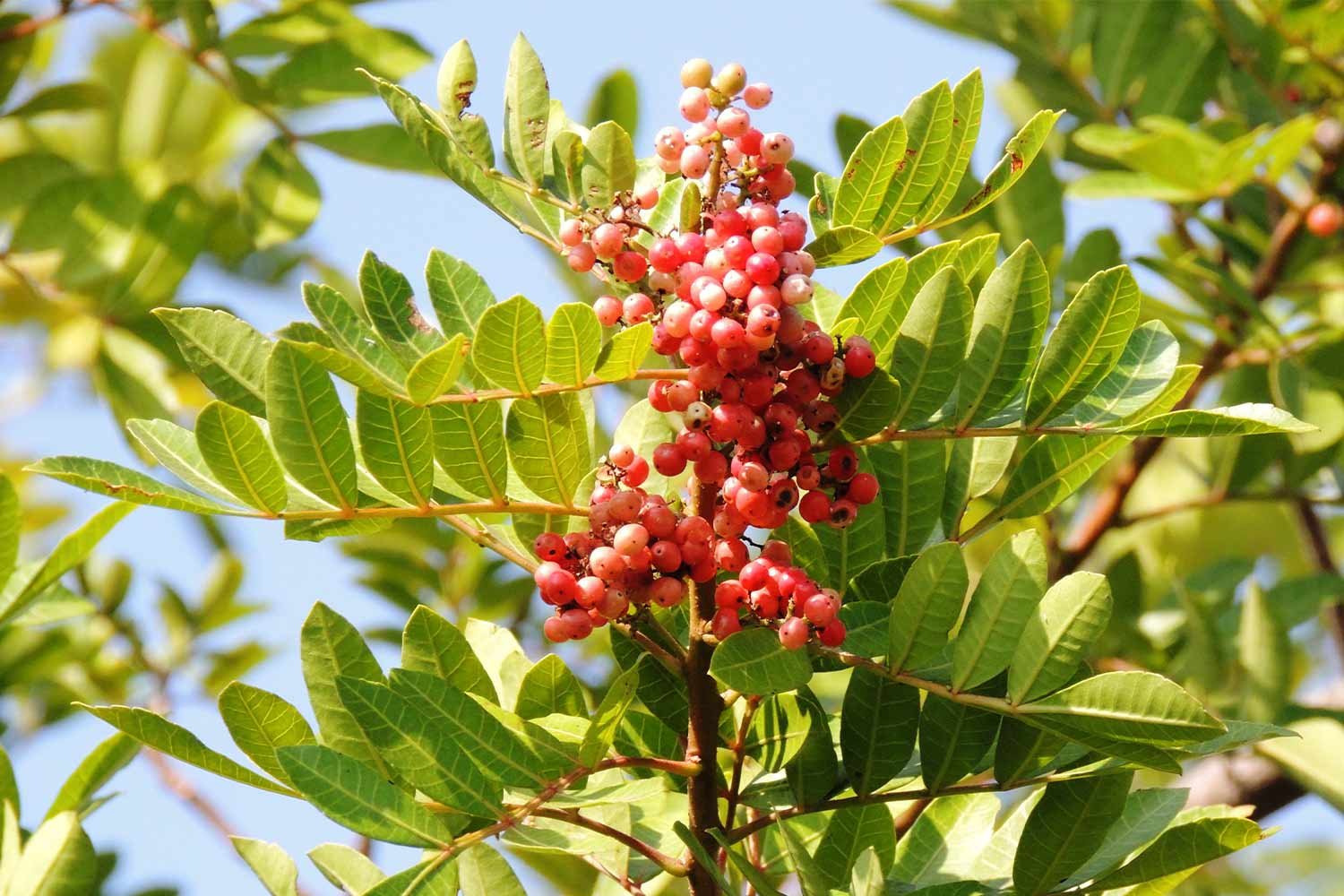
Gonçalo Alves (Astronium fraxinifolium)
The species is not endemic to Brazil but occurs in the North, Northeast, Central-West, and Southeast regions, with subpopulations in different biomes. It is protected by legislation prohibiting its cutting in primary forests and controlling it in other environments. The species can reach a height of 8 to 12 meters, with a straight, cylindrical trunk 60 to 80 cm in diameter, and compound leaves.
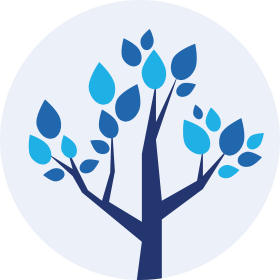
The Zurich Forest Project Interactive Map by Restor
Restor is a science-based open data platform, founded by ETH Zurich, supporting and connecting the global restoration movement.
Have a look at where the Zurich Forest Project is being carried out.
Calendar
-
16September
-
30September
Sustainability
World Maritime Day
Key numbers

